Armour in the Australian Army: Is There Something Wrong? Part 5
Share the post "Armour in the Australian Army: Is There Something Wrong? Part 5"

A couple of points from previous parts: (i) I understand that the amphibious battalion in Townsville is actually under the command of HQ I Div (not 3 Bde); and (ii) I referred to IFV crews being training at a greatly expanded Infantry Centre; crew training at present is conducted at the School of Armour … whether this is to continue and the SoA expanded to provide the long-term capability, is to be seen.
FILE PHOTO (2014): Australian, Japanese and American soldiers conduct a live-fire platoon attack with armoured fighting vehicles at Puckapunyal during Exercise Southern Jackaroo 2014. Photo by Sergeant Brian Hartigan.
The real question being posed is that of suitability of the present IFV contenders, for the role in which contingency plans see them being employed.
Interestingly, the Musorian tactics (ie. the tactics of the fictitious enemy, the capability of which is used as a basis for Australian Army training) state that “when an infantry Coy dismounts from its APC, the vehicles move 100 to 200 m to the rear of the infantry and provide fire support”.
The Australian Army, on the other hand, see the IFV, crew and dismounts operating as an integrated team and having a greatly superior capability.
This concept sees the dismounted infantry and the vehicle crew working hand-in-glove when assaulting the objective.
This scenario obviously requires two commanders, one on the ground and one in the vehicle.
Who is in charge overall?
Will it be one or the other, or will it depend on the circumstances?
Will there be any question as to who commands while the IFV is moving?
It would seem logical that the vehicle commander is in charge, however, there has been heated argument about this in the past.
A related question is whether or not the IFV is there to support the dismounted infantry or vice versa. (Note – LAND 400 requires the IFV to have the capacity to carry six dismounts.)
The degree of difficulty is increased by the lack of vision available to the commander of the dismounts while in the IFV.
If the infantry are to assault the enemy position, with the empty IFVs providing fire support, they are at a disadvantage if they exit the vehicle ‘blind’.
Given that the IFV commander can see the battlefield and has considerable firepower at his disposal, it would seem logical for the infantry to operate in support of the IFV, i.e. protect the vehicle from enemy anti-armour weapons (the traditional role of ‘panzer grenadiers’).
The other factor in support of this argument, is that the dismounted mechanised infantry platoon is much smaller (24 men) than the non-mechanised platoon (33 men).
The more one looks at it, the more the IFVs are to be used to conduct mounted warfare.
Indeed, if this was not to be the case, there would be an enormous waste of money.
The result – if the present intention for the infantry to operate the AFVs goes ahead – is that infantry will have been granted a new role and the RAAC will be divested of one.
Given that the dismounts are likely to support the IFV when fighting through the objective, would it not make more sense for the RAAC to crew both the tanks and IFVs during operations?
Overall command of the combined-arms force should be vested in the best commander, no matter his Corps.
.
READ MORE ON THIS TOPIC: HERE
.
.
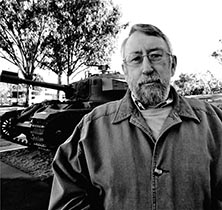
Bruce Cameron served in the Australian Army for 19 years, commanded the last troop of tanks in action in Vietnam and attend the UK’s Long Armour Infantry Course and Royal Military College of Science, as well as the Australian Command and Staff College. In his last appointment, Bruce contributed to developing the Army’s future ground mobility requirements. He left the Army in 1987 for the Office of Defence Production. Now retired, Bruce lives in Canberra with wife Jasmine. He published a book – Canister! On! Fire! Australian tank operations in Vietnam – in 2012.
.
.
.
.
.
.
.
.

.
.
Share the post "Armour in the Australian Army: Is There Something Wrong? Part 5"

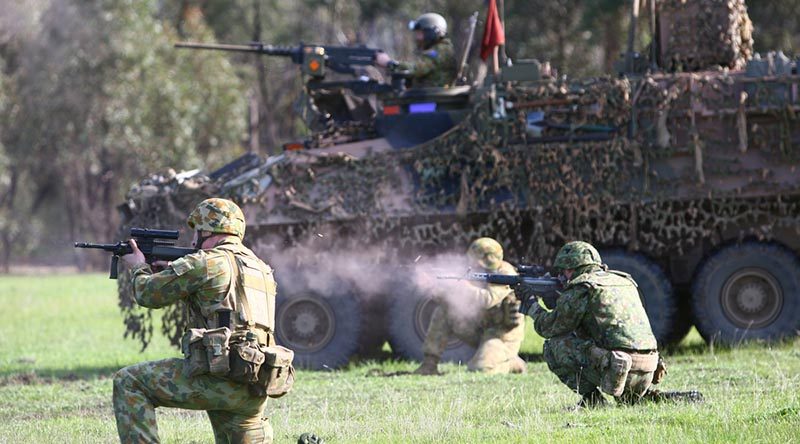

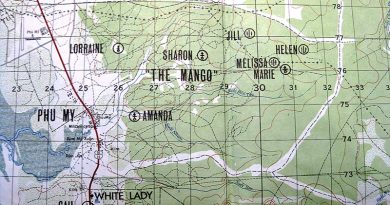
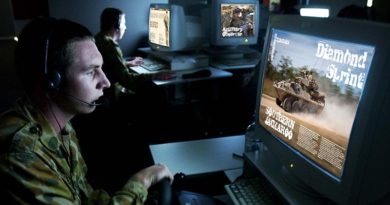
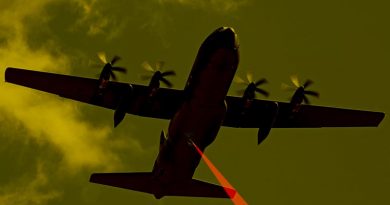
Brian, As a recently retired member after 32 years in Armoured Corps I am utterly disappointed to see you continue to publish this rubbish about “Is there Something Wrong”. In Cameron’s ill informed opinion everything the younger generation are doing is wrong! As you can see he has had to correct a number of statements that are outdated and incorrect and this current article is no better.
Is the vehicle suitable, Of course it is, times have changed as has the way warfare is conducted it would not have been selected if it did not meet the project selection requirements! we don’t use the Musorian as our training enemy anymore! So any reference to them is dated. As is the concept of the vehicles and there firepower not being in the fight. this was one of the key requirements of this vehicle heance its size. I could go on.
Please cut this away, it is bad for the Corps and the Army and is dragging your once excellent magazine into the mud.
A concerned Black Hat.
Hi Ian. Thanks for your feedback.
Bruce Cameron’s opinion is just that – an opinion, which he is entitled to express. It is published under his by-line as an opinion piece, for him to stand behind and be judged by.
The mere fact that he has corrected a number of statements is surely testament to his willingness to learn? And is perhaps reflective of a serious lack of information and understanding in the wider audience on this topic.
For the record, I personally do not agree with Cameron’s opinion – and do agree with yours. But that doesn’t mean I should sensor Bruce’s opinion – especially if it leads to (civilised) debate.
I take umbrage at your assertion that my “once excellent” magazine’s reputation is now muddied because of one man’s opinion. I believe I was merely upholding the concept of freedom of speech. Surely I should be praised for giving everyone a fair go?
To that end, I offer you, the black-hat corps, the Army or anyone else who wants to tell their side of this or any other story the same freedom. Otherwise, I and my audience (not all of whom are as educated as you on this topic), will be left either in the dark, or perhaps poorly informed by one man’s opinions.
That said – by all means attack the opinion – but please do not attack the man. Personal attacks will be censored. Bruce is as entitled to his opinion as anyone.
Your opinion is just as valid – and arguably more so, given your more recent experience. Thank you for publishing your opinion above. I’d love to hear more depth from you.
Brian Hartigan
CONTACT Editor
editor@militarycontact.com